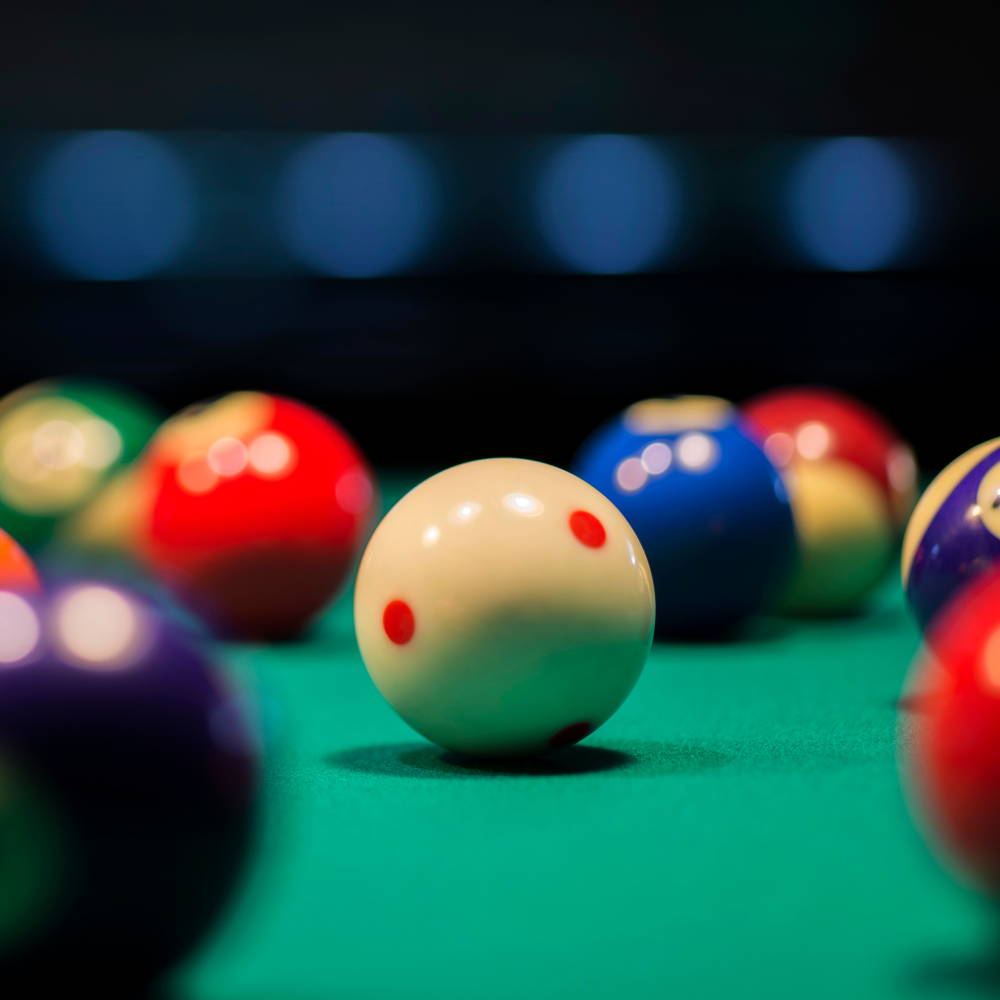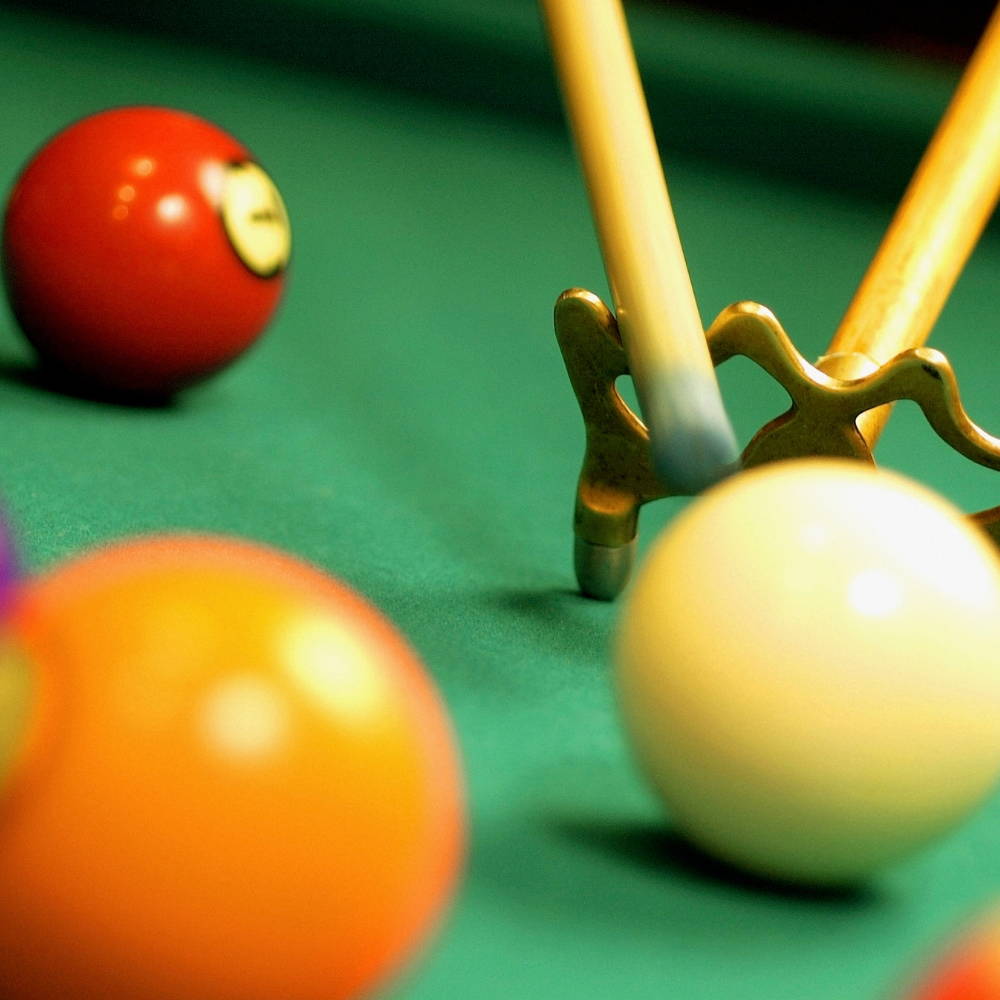Bridging the Gap: Techniques and Tips for Using a Pool Bridge
The Essential Role of the Pool Bridge
In the world of pool, where precision and skill are celebrated, players often face challenges that demand unique solutions. One such challenge is reaching distant balls positioned in awkward parts of the table. Here, the pool bridge, often known as a rest or rake, comes into play. More than just a tool, the bridge is an extension of a player's arm, enabling shots that would otherwise be impossible or uncomfortable.
Recognizing the Need for a Bridge
While many players, especially beginners, might be hesitant to use a bridge, it's essential to recognize when it's needed. Stretching too far across the table not only risks touching other balls but also affects the accuracy of the shot. If a ball is beyond comfortable reach or if using a regular bridge hand is unfeasible due to obstructions, it's time to deploy the pool bridge.

Different Types of Bridges for Varying Situations
Pool bridges come in various designs to cater to different situations. The standard X-shaped bridge is versatile and suitable for most shots. However, there are also bridges with deeper grooves for jump shots, V-shaped notches for side spins, and even elevated bridges for shooting over obstructing balls. Familiarizing oneself with these designs can broaden a player's arsenal, ensuring they're equipped for any situation.
Holding the Bridge: Stability is Key
Using a pool bridge is not merely about placing it on the table and taking the shot. It's essential to hold the bridge firmly to ensure stability. The bridge should rest securely on the table with the non-shooting hand holding it steady. This stability ensures that the cue remains steady, allowing for accurate and controlled shots.
Positioning the Cue on the Bridge
Once the bridge is stable, the next step is to position the cue. Depending on the bridge's design, the cue can rest in a groove or on a flat surface. It's crucial to ensure the cue sits comfortably and can move smoothly. Too much downward pressure can cause friction, affecting the shot's power and direction. A gentle touch and a consistent follow-through are vital for success.
Mastering the Bridge Length
Many pool bridges come with extendable handles, allowing players to adjust the length based on their needs. When facing a distant ball, extending the bridge handle can provide better control, especially when combined with an extendable cue. On the other hand, for closer balls, a shorter handle can offer greater accuracy. Adjusting and mastering the bridge length based on the shot's requirements can be a game-changer.
Practicing with the Bridge
Like every other aspect of pool, proficiency with the bridge comes with practice. Regularly incorporating bridge shots into practice sessions can enhance comfort and confidence. Players can set up different scenarios, from straightforward pots to complex spins, and practice using the bridge until it becomes a seamless extension of their gameplay.
Understanding the Game's Etiquette
Using a pool bridge also comes with certain etiquettes. It's respectful to replace the bridge in its designated spot after use. Additionally, players should avoid using the bridge to point at balls, move obstacles, or gesture to the audience. Treating the bridge with respect, like all other equipment, is a mark of a true professional.
The Artistry Behind the Pool Bridge: Deepening the Connection
Historical Roots of the Bridge Tool
Long before the sleek designs and varied notches of modern-day pool bridges, early cue sports enthusiasts improvised with what they had. The evolution of the bridge tool traces back to the days when players would often use a bystander's hand or a simple piece of wood to support their cues for challenging shots. Over time, recognizing the need for a more standardized and functional tool, the pool bridge emerged, gradually refining into the versatile accessory we recognize today.

Bridge Nuances: More Than Just a Tool
For a tool that seems so straightforward, the pool bridge offers surprising depth. The angle at which the bridge is placed, the height at which it's held, or even the slight tilt can influence the cue's movement. Mastering these nuances, subtle as they may be, can significantly enhance the efficacy of bridge-aided shots.
Personalizing the Pool Bridge Experience
Many professionals, acknowledging the vital role of the bridge in their gameplay, choose to personalize their bridges. From custom carvings on the handle to specialized notches for unique shots, these customized bridges are both a reflection of the player's style and a testament to the tool's importance. Some players even opt for materials that provide a better grip or a particular weight, ensuring the bridge feels like a natural extension of their arm.
Adapting to Dynamic Gameplay Challenges
The dynamic nature of pool means that no two games are identical. Balls end up in unexpected places, and sometimes, the most intricate shots are needed in the tightest spots. Here, the bridge isn't just a tool; it's a dynamic solution. Whether it's using the bridge's edge to facilitate a jump shot or leveraging its height for an over-the-ball shot, adaptability becomes key.
Psychological Benefits: The Confidence Booster
Beyond the physical support the pool bridge offers, there's an undeniable psychological benefit. Knowing that they have the means to tackle challenging shots without overstretching or contorting gives players a confidence boost. This mental assurance can, in turn, enhance overall performance, ensuring players remain unfazed even when faced with the most challenging table layouts.
The Bridge in Team Dynamics
In team-based cue sports, the bridge becomes more than just an individual tool; it's a shared asset. Players often assist teammates by holding the bridge or suggesting its use for particular shots. This collaborative dynamic adds another layer of strategy to the game, fostering teamwork and shared decision-making.

In Conclusion: Embracing the Bridge as an Ally
To the uninitiated, the pool bridge might seem like an admission of limitation. However, seasoned players recognize it as a strategic tool, enhancing their reach and versatility. In a game where millimeters can make the difference between victory and defeat, the bridge offers that extra edge, ensuring players can execute their vision without physical constraints. By mastering the techniques and tips associated with the pool bridge, players can truly bridge the gap between their skills and the table's challenges, paving the way for unparalleled excellence.
Are you looking for a Pool Table? check out our pool tables range Pool Tables





